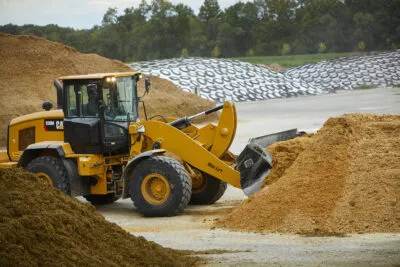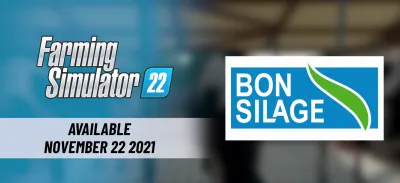Why Plant and Feed Sorghum?
If you plant forage in hot or dry climates, you should consider sorghum. Here’s why!

SORGHUM STANDS OUT IN HOT AND DRY REGIONS
Similar to corn and sugarcane, sorghum carries out C4 photosynthesis, a specialization that makes plants well-adapted to environments with high temperatures and water limitations. However, sorghum uses about one-third less water to produce approximately the same biomass as corn. This is why sorghum is grown widely as a forage crop in tropical regions, and it has garnered interest from many farmers in the US. While sorghum silage’s nutrient value is far from what corn silage can bring to the bunk, sorghum silage can improve your forage inventory.
Here are some agronomic advantages of sorghum:
- Less demanding of soil nutrients than corn, making the cost of production lower
- Good drought tolerance
- Good recovery after drought
- BMR sorghum intakes are comparable with conventional corn intake
- Potential of high yield under dryland and drought conditions
On the other hand, here are some disadvantages of using sorghum as forage:
- Lower nutritional value compared to corn
- Sorghum grains are usually hard to process, thus, starch availability is lower than corn starch availability
- Greater fiber concentrations and usually less digestible compared to corn
- Antinutritional factors like prussic acid
SORGHUM VARIETIES
Several sorghum varieties have potential for ensiling, most notably forage sorghum and sorghum-sudangrass. Grain sorghum has also been used for silage.
Forage sorghum has wider flat leaves and a smaller proportion of grains when compared to grain sorghum. They’re tall plants that produce a lot of biomass. It’s usually harvested at grain late-dough stage, where it tends to have DM concentrations below 30% depending on genetical material (hybrids). Reports suggest that the range could be between 23 and 35% DM.
Grain sorghum is usually shorter and, as the name suggests, presents greater grain yields among sorghum varieties. Similar to forage sorghum, it’s usually harvested at late-dough stage and tends to range between 28 to 38% DM.
A rule of thumb for these varieties is to harvest when the grains are at the dough stage halfway down the head. However, measurement of the whole-plant DM before harvest is recommended.
Sorghum-sudangrass is a hybrid between either forage sorghum or grain sorghum (Sorghum bicolor) and sudangrass (Sorghum bicolor var. sudanense). It has narrow leaves and profuse tillers, which resembles more grass than corn. This sorghum type, therefore, is suitable for multiple cut systems for hay or haylage production. Wilting is rather slow due to the size of the stems.
SORGHUM FERMENTATION
High concentration of water-soluble carbohydrates, low buffering capacity and appropriate moisture content are the classical criteria for ideal silage crop, and sorghum meets all of those requirements. Thus, sorghum forage and grain varieties ferment well when stored at the ideal dry matter concentration. Sorghum-sudangrasses and forage sorghum are more prone to butyric fermentation due to the moisture content of both and ash contamination during the wilting process in the former.
Consult one of our silage experts to know more about BONSILAGE products that will help you increase your forage inventory successfully.


